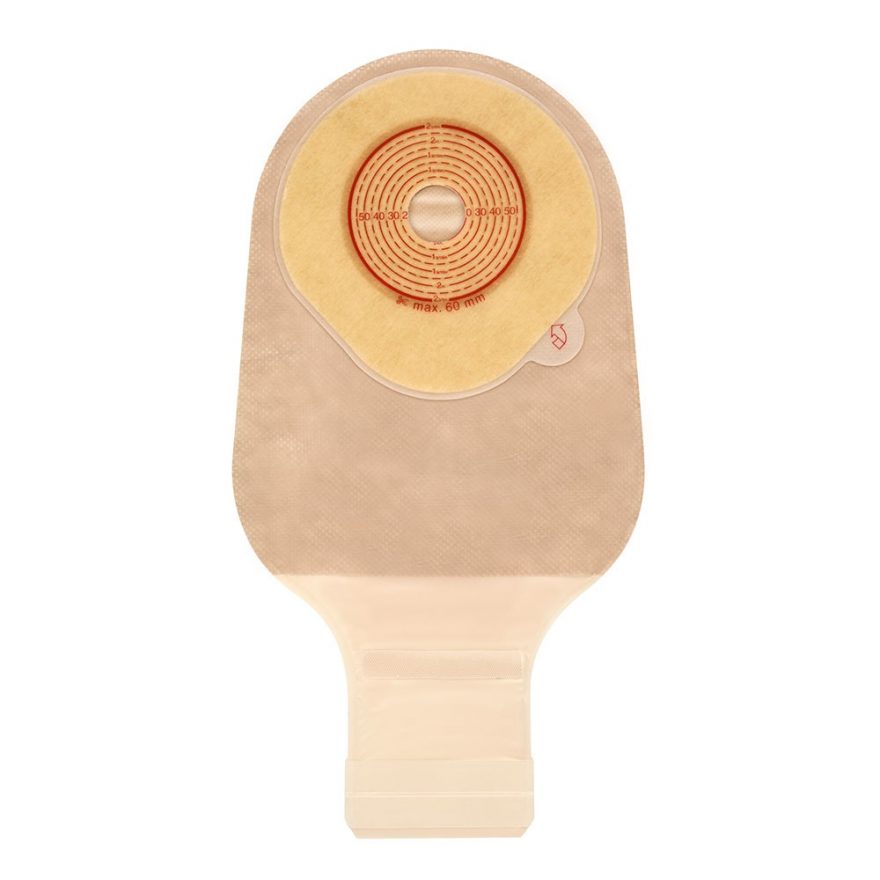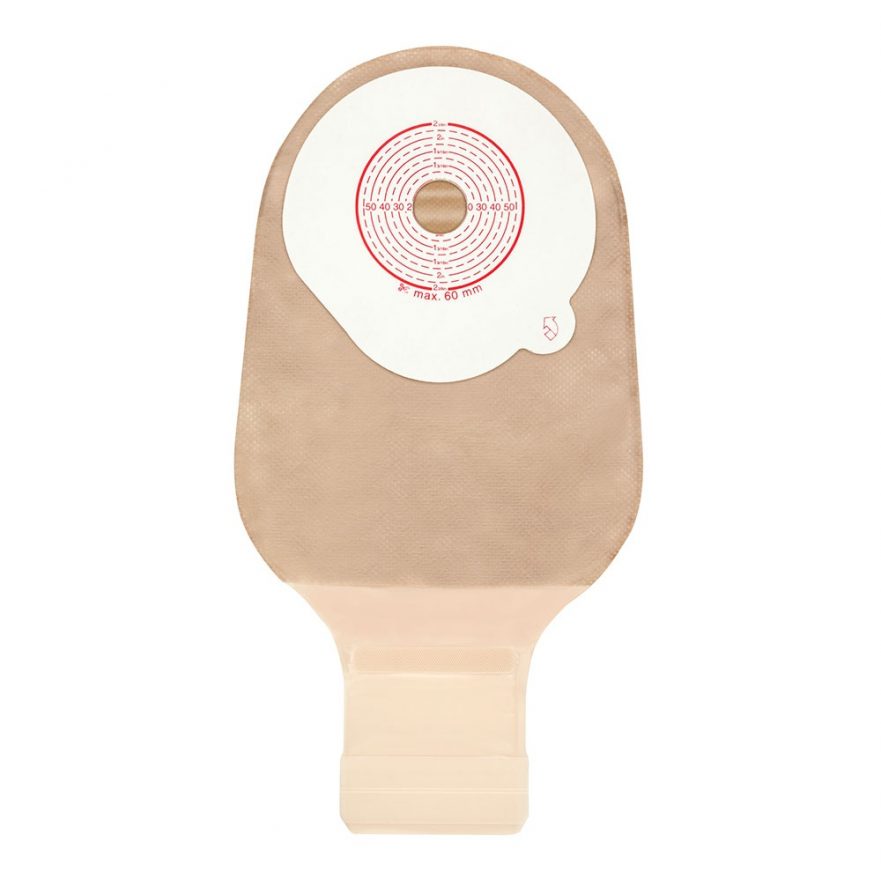You may have heard the terms colonoscopy, flexible sigmoidoscopy and gastroscopy (endoscopy) from your GP or consultants at appointments you have attended. While the terms do sound complicated, they are all simply methods used to gain a diagnosis for the symptoms you are experiencing.
We understand that all of these terms can get quite confusing ao we have put together this article to give you a better understanding of what they are and why they are used. Read on to find out more…
What is an endoscope
An endoscope is a small instrument which is used to look at the organs inside your body. It is a long flexible tube, which has a light and a camera at one end. By using an endoscope, images of the inside of your body can be seen and displayed onto a screen, allowing doctors or nurses to see clearly. An endoscope can also be used by a surgeon during keyhole surgery, again to diagnose problems you are experiencing.
Types of endoscopy:
There are a range of different types of endoscopies, we’ve listed them below…
- Anoscopy – Anus/rectum
- Arthroscopy – joints
- Bronchoscopy – Trachea (windpipe) and lungs
- Colonoscopy – Colon (large intestine)
- Colposcopy – Vagina and cervix
- Cystoscopy – Bladder
- Oesophagostomy – Oesophagus
- Gastroscopy – Stomach and duodenum
- Laparoscopy – Abdominal cavity
- Neuroendoscopy – Brain
- Proctoscopy – Rectum
- Sigmoidoscopy -Sigmoid colon (lower part of the colon)
- Thoracoscopy – Membranes of the lungs, lining of the chest cavity and structures covering the heart
What tests are used for the bowel?
The diagnostic tools used most commonly for bowel problems tend to be a colonoscopy, flexible sigmoidoscopy and gastroscopy (which is commonly called an endoscopy). Here is some information about each of these investigations so that you know what’s involved.
Colonoscopy
Colonoscopy is an examination to detect any changes or abnormalities in the large intestine (colon) and the rectum. During this procedure a colonoscope, which is similar to the endoscope, is inserted into the rectum. The doctor or nurse is able to view inside the colon for any changes which might be the cause of your bowel symptoms. The bowel will be easily viewed, as it will be empty following the laxatives that the doctor will prescribe beforehand.
A colonoscopy is often done to check what is causing the symptoms such as:
- Diarrhoea or constipation that does not resolve itself
- Any bleeding from your bottom or blood in your stools
- Any weight loss or feeling very tired for no reason
- Anaemia where no other cause has been found
Some people have growths in their bowels and other parts of their body, known as polyps. Most of the time these are harmless (benign), but some can turn cancerous if left. If these are found, they may be removed during the colonoscopy and will be sent off for further testing. Your doctor or nurse will speak to you about this and advise when you will get the results.
Doctors use this procedure as part of a screening programme to look for early signs of cancer, where a positive FOB (Faecal Occult Blood) has been found. A FOB is to check for small amounts of blood in your faeces which you would not ordinarily be able to see.
Flexible Sigmoidoscopy
During a flexible sigmoidoscopy, a sigmoidoscope is inserted into the rectum (bottom), but the difference between a colonoscopy is that a flexible sigmoidoscopy will examine your rectum and lower colon only, rather than the entire colon.
A flexible sigmoidoscopy will be done to check what is causing the following symptoms:
- Bleeding from your anus (back passage)
- Pain in your Abdomen
- Changes in bowel activity
- Any unexplained weight loss
Doctors and nurses use this procedure as part of a screening programme to look for early signs of cancer.
You can find out more about bowel cancer screening here.
What tests are used for the stomach?
The main test carried out to diagnose problems in the stomach is…
Gastroscopy
A gastroscopy is often known as an endoscopy, although this is actually the name of the tube used for the testing. A gastroscopy is the procedure used if the food pipe (oesophagus), stomach or top part of the intestine (duodenum) need to be examined.
A gastroscopy (endoscopy) is used to check for symptoms of:
- Difficulty swallowing (dysphagia)
- Abdominal aches which keep returning
- Diarrhoea or feeling sick
- Unexplained weight loss
- Heartburn or indigestion
- Blood in your stools
It will also be used to diagnose conditions such as gastro-oesophageal reflux disease (GORD). A gastroscopy can treat conditions such as bleeding ulcers, blockages in the oesophagus, non-cancerous growths (polyps) or small cancerous tumours.


Drainable Standard Alginate
View the product

